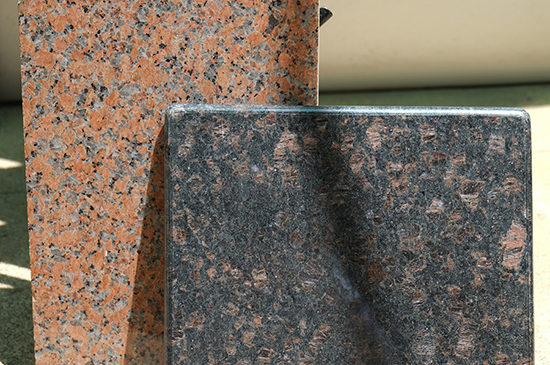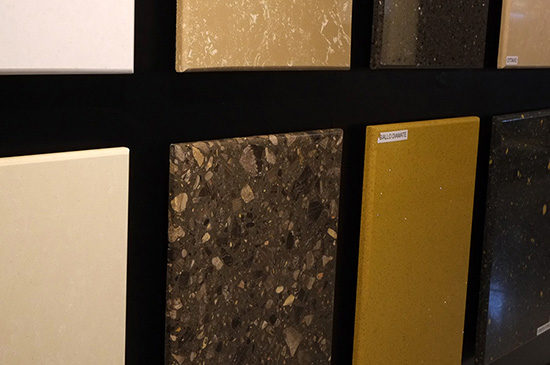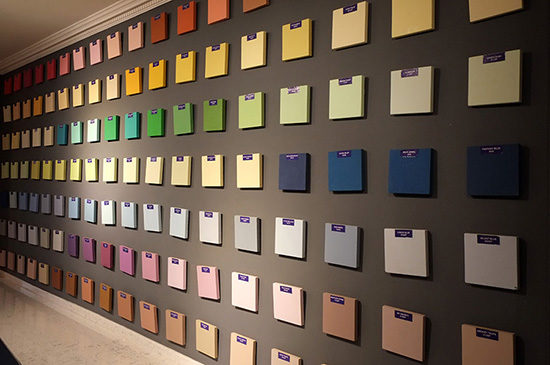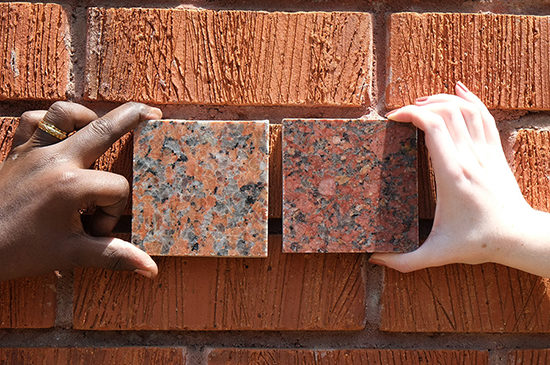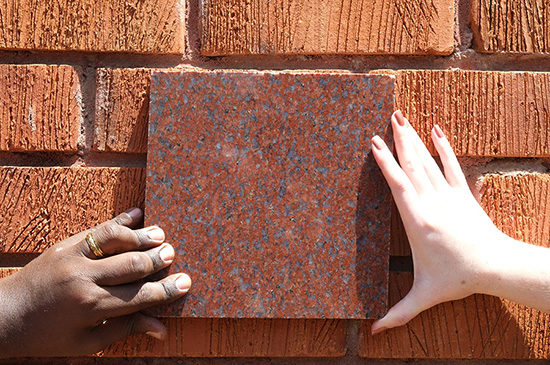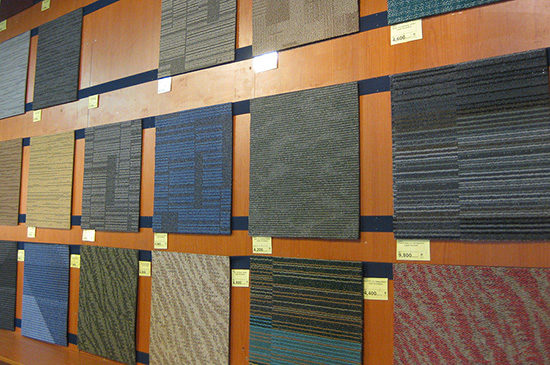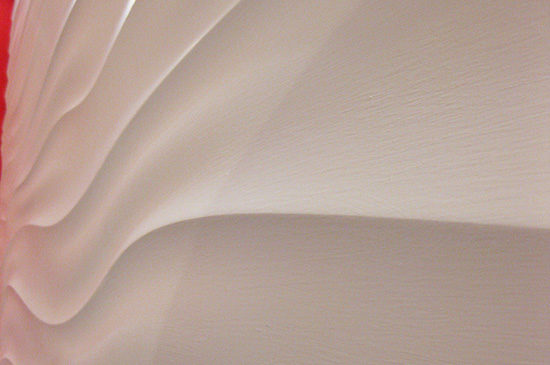One of the biggest challenges facing any design team working internationally is to understand the availability of materials, finishes and fixtures in the project’s local market. When your client is interested in supporting their local economy and making the most of their budget, investigation into local sources for materials is even more important. Fortunately, we have fantastic local counterparts in Nairobi who were willing to take Mark and me on a whirlwind tour of material and product vendors around the city so that we could learn firsthand about the availability and quality of a variety of materials and products we might consider for our project. In the process we also learned a lot about the warm hospitality of people in Nairobi and their growing battle with traffic congestion!

Over the course of one afternoon, we visited four showrooms to see samples of exterior stone finishes, flooring, ceiling systems, countertops, paint, and plumbing fixtures. Some fun (and valuable) facts that we learned:
Availability
After discussions with our client about their emphasis on locally sourced materials, we had the impression that materials that we would normally specify in the US would not be easily available in Nairobi. For the most part, this impression proved to be false, and we were pleasantly surprised by the number of familiar brands that are readily available. Armstrong for ceilings and floors, Altro flooring, Milliken and Interface carpet, Bobrick plumbing accessories, Grohe and Duravit plumbing fixtures were all on view. While not every line from these manufacturers is readily available, we realized we have a common language and starting point to engage with our local architects when discussing material and finishes specifications.
Sourcing
While many manufacturers’ names were familiar, we learned the need to be careful to understand how they source from different parts of the world. For example, Interface carpet is a brand that we use considerably in the US. In Nairobi it is typically sourced from Thailand and Interface has a different website for products sourced from Thailand.
Cost
In our efforts to bring our design in on budget, we suggested several materials that we felt would be cost-effective and meet our client’s requirements for maintenance and durability. One of the most interesting things we learned in Nairobi is that sourcing locations of materials has a great impact on their cost. Some materials that we specified for budgetary considerations were actually more expensive in Kenya than in the US. The most dramatic example was solid surface countertops. For US projects, solid surface is usually our go-to material for clients who want good durability and maintenance without the cost of stone countertops. However, because solid surface materials, such as Corian, are manufactured in the US, they are prohibitively expensive in Nairobi. Conversely, composite quartz and marble materials that are sourced in India are much more affordable, even though they are a material that we would consider a higher-end finish. There were several examples of “pricing reversals,” which should help to make the inevitable value engineering a breeze!
Finishes
For both exterior and interior wall finishes, the vendors we visited were very keen to show us the variety of simulated and veneer finish materials they had to offer. Many of the options were textured and color-embedded resin or epoxy applications that were intended to replace more traditional plaster or stucco finishes that are often expensive to maintain and repair. While there are limited applications for these types of products in our project, it was interesting to learn about this trend in the Nairobi architectural finishes market.
Fixtures
EVERYONE sells toilets in Nairobi. Of the four vendors we visited, three of them sold plumbing fixtures – including the paint distributor! The construction market is growing so quickly in Nairobi, that none of the vendors want to miss out on the opportunity to supply a fixture that is bound to be required on every project.
The ability to see and touch materials and physically compare some of them to materials used on our other projects was invaluable to our design process. And perhaps more importantly, Mark and I arrived back in Boston with plenty of catalogs and a few samples that will facilitate conversations with our local architects on selecting materials and finishes as we move into detailed design.


